There are three recently published scientific papers that seem to indicate that glufosinate can trigger microcephaly.
Microcephaly is a serious birth defect where a baby is born with an impaired brain and a smaller head than normal. The cause for this birth defect can include pregnant mother being subjected to acute starvation, or more commonly, exposure to toxins.
There has been various hot debates around the world on the reason this defect. The birth defect has been noticeable where pregnant women may have been exposed to agro-chemicals such as glyphosate in regions such as Argentina or the Yakima valley in USA. Zika virus has been blamed for some of the cases of microcephaly. However, scientists believe the real culprit to be NALED insecticide often used to kill mosquitoes, to be the cause at least in the Yakima valley and possibly also in Brazil. NALED, like Glyphosate, is also an organophosphate. However, glyphosate has remained under focus in many other regions including in the US due to the sheer volume of it being used and the plethora of diseases it is suspected to be connected to, including brain disorder, it being an amino acid analogue of glycine and easily able to cross the blood brain barrier.
In Argentina, Roundup-Ready soy is being replaced reportedly by another GM seed variety that is tolerant to glufosinate, because glyphosate had become a controversial and hated herbicide, and was also starting to fail due to extensive resistance among the weeds.
While discussing this with US scientist Stephanie Seneff, she pointed out three recent science papers that seem to also link glufosinate with microcephaly. These three papers are as follows:
The first paper, from 2010, involving research in Florida and Texas, in the US, finds a conserved glutamate to be critical in the construction of an enzyme called Asparagine Synthetase.
The second paper from 2013 involving an international group from Canada, Israel and the US, points to encephalopathy resulting from a deficiency in this same asparagine sythetase enzyme, which is essential for the development and function of the brain.
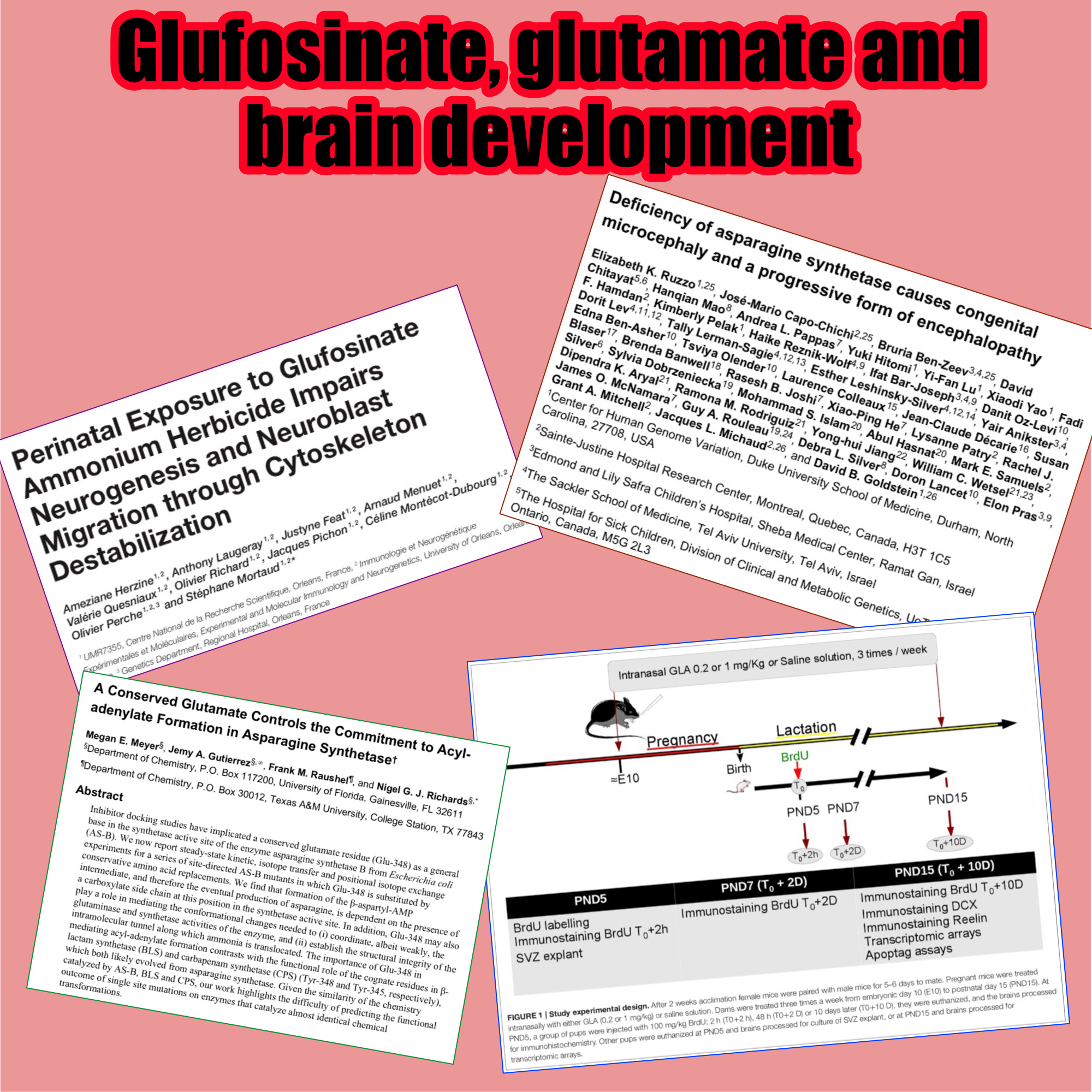
The third – from a French group, published in 2016 indicates that female rats exposed to glufosinate at a critical stage of pregnancy lead to neurogenesis or impaired brain in the babies.
Now, Stephanie pointed out, as had Anthony Samsel to me before, that just as glyphosate is an amino acid analogue of glycine, glufosinate is an amino acid analogue of glutamate. Both glycine and glutamate are among the 20 canonical amino acids that are used as basic building blocks of life, for protein construction of all living biology on planet earth.
So, while getting rid of glyphosate is an absolute must, replacing it with glufosinate is the very worst alternative imaginable.
This is not only of vital importance to Argentina and everybody else going for glufosinate based herbicides, but also for India, where genetically engineered mustard has been under focus for a while.
I personally was astonished and horrified to learn that this GM mustard was tolerant to glufosinate. I found that to be far more dangerous and objectionable, than whatever gene altering of mustard might do to the consumer. However, the best I know, the debate in India remained focused on the theory of genetic alternation and its legal, social, economic and political implications. Glufosinate, far as I recall, remained under the radar, much like glyphosate has remained under the radar in India until local papers and MPs started picking up my warning that India was likely being mass poisoned with glyphosate from imported pulses, and the matter reached both the Indian Parliament as well as pulse growers association in Canada.
Just a minder – one more time:
- There are 20 amino acids that form all the proteins of all the living world.
- Glycine is the most common of them all.
- Glyphosate mimics glycine and thus gets inside our proteins, turning them rogue.
- Glyphosate is suspected to cause a plethora of diseases through multiple mechanisms that affect living cellular biology. This includes cancer, autoimmune disease and brain disorder.
- Glutamate is another of the 20 amino acid building blocks of life.
- Glufosinate mimics glutamate.
- Glufosinate will very likely also lead to encephalopathy or partially formed brains in newborns, as the three papers mentioned here indicate.
For India – GM mustard is glufosinate tolerant – a braindead way of developing new food strains.
For Argentina – replacing Roundup ready soybean with glufosinate tolerant soybean represents a catastrophic failure of safety concerns.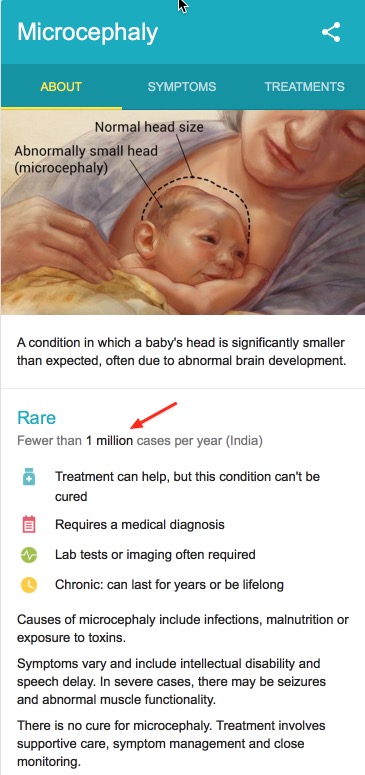
My thanks go to Stephanie Seneff for bringing this to my attention while discussing glufosinate resistance. I am forever grateful to Samsel, Seneff, Huber and Hoy for keeping my eyes open on this issue.
The image at right on Microcephaly and the figure for India, found through google search, puzzles me. How many cases are found in India. It says less than 1 million. But one million is a lot. Is it less than 10,00 or 1,000?
If I take annual birth rate to be around 20 million one million cases of microcephaly would mean an extreme high rate of one in twenty or 5% !
I would really love to get my hands on the real figures for India, and also the trend. Is the occurrence of microcephaly rising year to year ? If so, how much?
By the way, the red arrow in the image above is my addition.
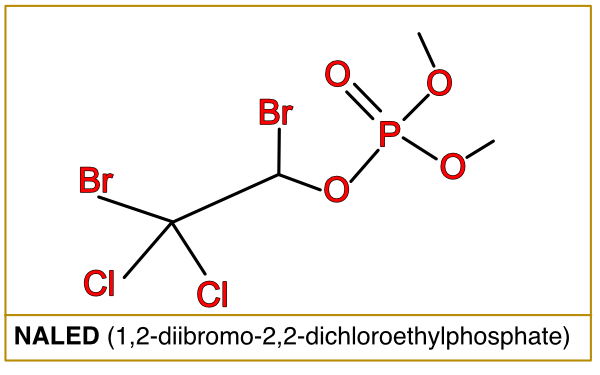 If you google Microcephaly in India, the search result starts to show up a whole list of links relating to zica virus. There are regions where the zica virus has reportedly been present since the 1940s and yet there is no microcephaly. On the other end, there are cases of microcephaly where no zica virus has been found. But reports that link microcephaly with exposure to glufosinate is given right here, below, though in real life, the direct link has not yet been established. Potentially, glufosinate can lead to microcephaly since it is a neurotoxin. The insecticide NALED (Formula: C4H7Br2Cl2O7P), often used for mosquito control, has been almost always present where microcephaly has been noted, with the exception of Argentina. The warning is even present on the package of NALED – not to let it get into drinking water. In other words, it can harm any animal eating or drinking it.
If you google Microcephaly in India, the search result starts to show up a whole list of links relating to zica virus. There are regions where the zica virus has reportedly been present since the 1940s and yet there is no microcephaly. On the other end, there are cases of microcephaly where no zica virus has been found. But reports that link microcephaly with exposure to glufosinate is given right here, below, though in real life, the direct link has not yet been established. Potentially, glufosinate can lead to microcephaly since it is a neurotoxin. The insecticide NALED (Formula: C4H7Br2Cl2O7P), often used for mosquito control, has been almost always present where microcephaly has been noted, with the exception of Argentina. The warning is even present on the package of NALED – not to let it get into drinking water. In other words, it can harm any animal eating or drinking it.
What is going on with google search ?
The three papers can be read or downloaded here:
1) A Conserved Glutamate Controls the Commitment to Acyl- adenylate Formation in Asparagine Synthetase
2) Deficiency of asparagine synthetase causes congenital microcephaly and a progressive form of encephalopathy
3) Perinatal Exposure to Glufosinate Ammonium Herbicide Impairs Neurogenesis and Neuroblast Migration through Cytoskeleton Destabilization
4) Separately – Watanabe 1997 comes to the same conclusion on glufosinate. Although glufosinate was not considered to be teratogenic, mutagenic nor carcinogenic, this study found that it indeed was teratogenic in mice and rats in whole embryo culture, and that it specifically induces apoptosis in the neuroepithelium of developing embryos
Don Huber sent a note:
Tony,
Keep up the good work! Also remember that all of these chemicals are
mineral chelators and that minerals are the enzyme cofactors for all of
these processes cited.
Thanks for sharing.
Don
Don M. Huber
Professor Emeritus, Purdue University
Anthony Samsel explaines : Glufosinate cannot be used in place of Glyphosate on genetically engineered crops unless they have been specifically engineered to be resistant to this herbicide. The encoding of the Phosphinothricin acetyltransferase (PAT) gene imparts glufosinate resistance.
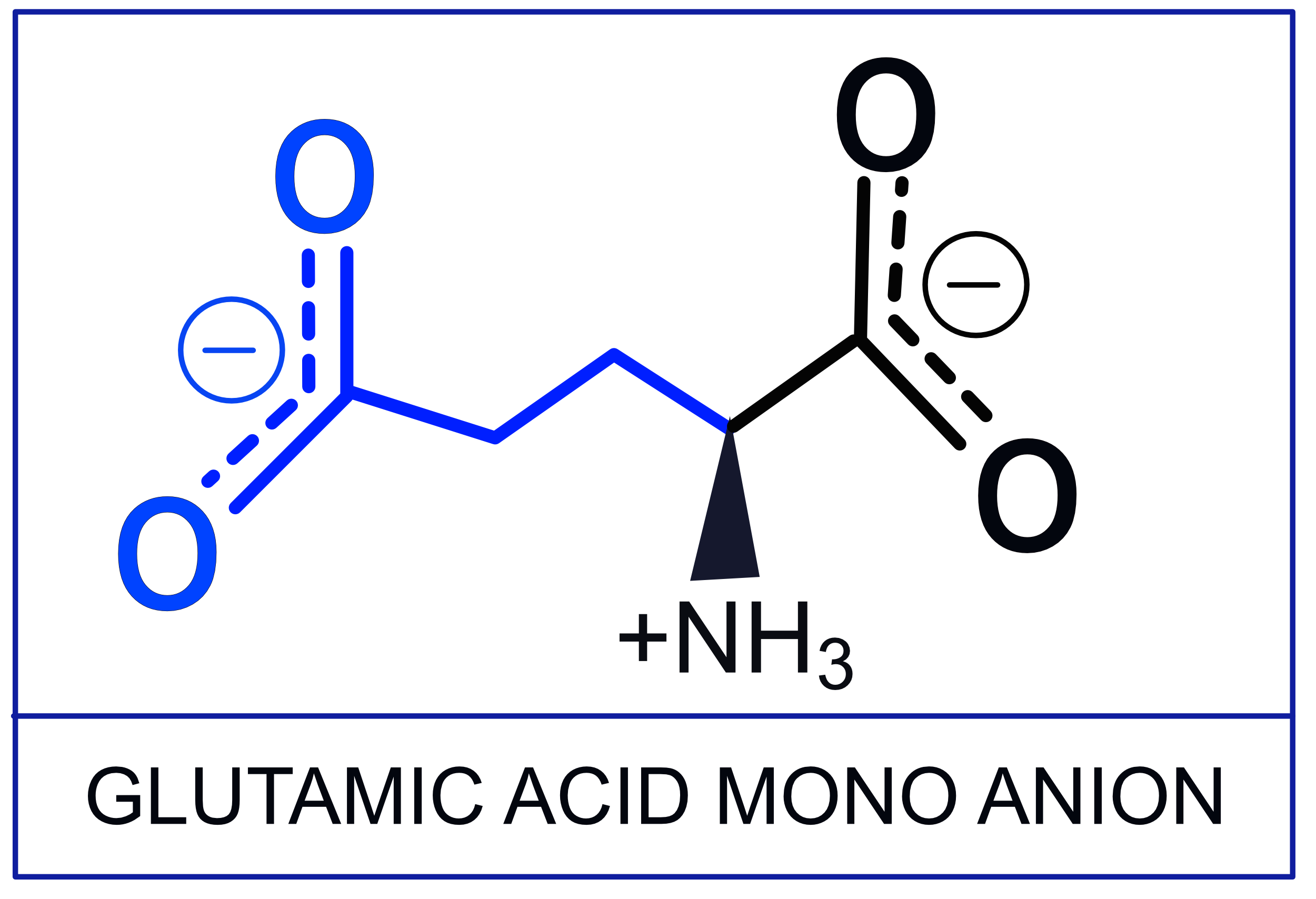 Dual herbicide (Glufosinate and Glyphosate) resistant genetically engineered crops, which include some varieties of corn etc have both the PAT gene and a glyphosate tolerant gene. I have 50 varieties of these GE corn hybrids in my seed refrigerator for experimental purposes which also includes these GLyphsoate/glufosinate dual herbicide resistant varieties.
Dual herbicide (Glufosinate and Glyphosate) resistant genetically engineered crops, which include some varieties of corn etc have both the PAT gene and a glyphosate tolerant gene. I have 50 varieties of these GE corn hybrids in my seed refrigerator for experimental purposes which also includes these GLyphsoate/glufosinate dual herbicide resistant varieties. - The cp4 epsps gene.
- The cp4 epsps (aroA:CP4) gene is the gene which produces an over abundance of 5-enolpyruvyl-3-phosphoshikimic acid impart resistance
- The Glyphosate oxidoreductase gene (GOX)
- The gat4621 gene which uses the glyphosate N-acetyltransferase enzyme to catalyze the inactivation of glyphsaote herbicide. It essentially converts glyphosate to the N-acetyl form rendering it non-toxic to the plants.
- There is also the mepsps gene which is a modified 5-enolpyruvylshikimate-3-ohosphate synthase (EPSPS) enzyme which imparts Glyphosate resistance.
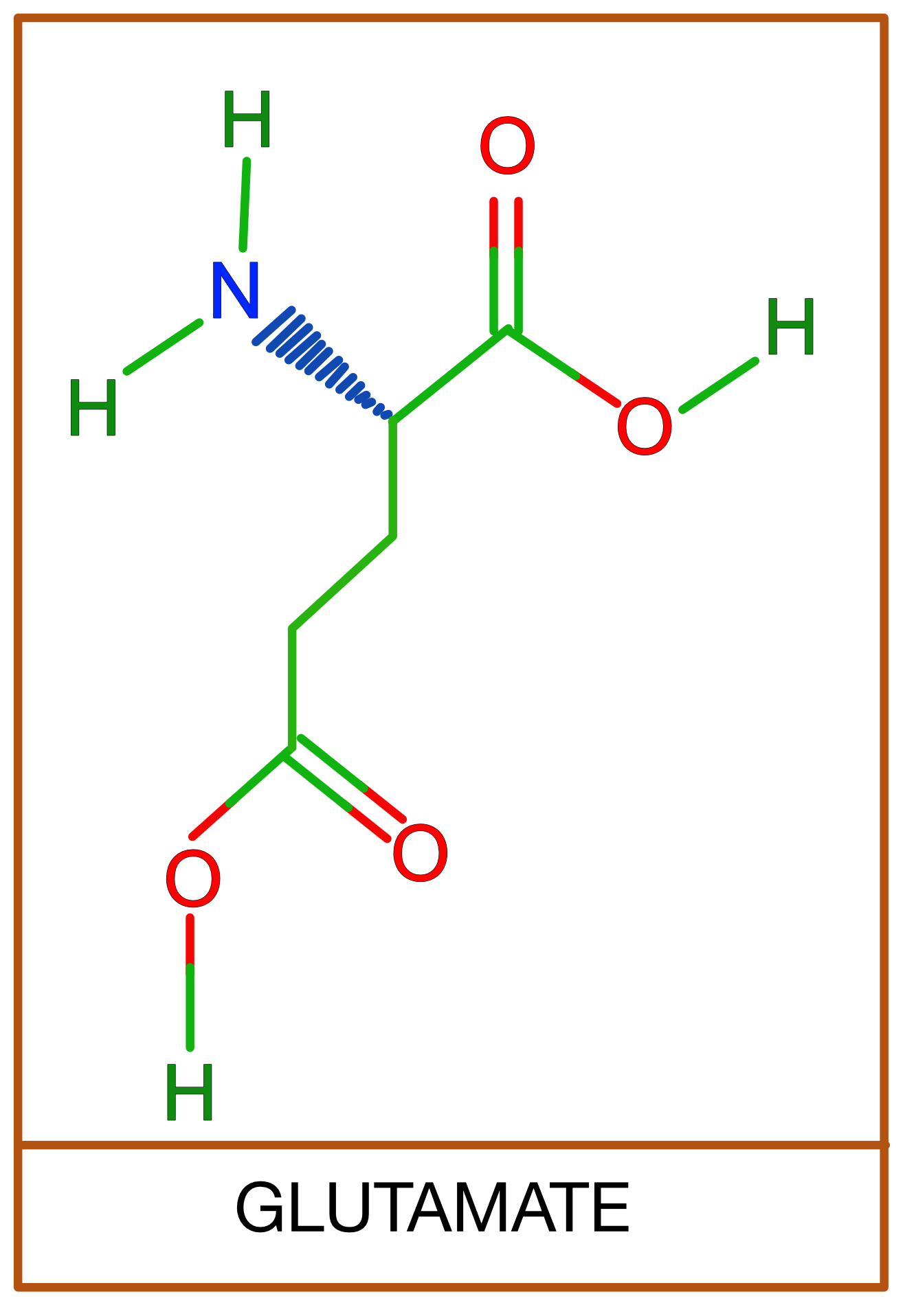 Glufosinate is an analog of Glutamic acid one of our 20 proteinogenic amino acids. Its principal metabolite found in urine and feces is 3-[hydroxy(methyl)phosphinoyl]propionic acid. Glutamate has been used in reference to Glutamic acid. I like to use Glutamic acid. Glufosinate is an analog of Glutamic acid. You can see the difference between Glutamic acid (the anion) and Glutamate below. Glutamic acid in H2O ionizes attaching a hydrogen atom (glutamate form). Glufosinate, an analog of glutamic acid, has an amine group in place of an oxygen molecule.
Glufosinate is an analog of Glutamic acid one of our 20 proteinogenic amino acids. Its principal metabolite found in urine and feces is 3-[hydroxy(methyl)phosphinoyl]propionic acid. Glutamate has been used in reference to Glutamic acid. I like to use Glutamic acid. Glufosinate is an analog of Glutamic acid. You can see the difference between Glutamic acid (the anion) and Glutamate below. Glutamic acid in H2O ionizes attaching a hydrogen atom (glutamate form). Glufosinate, an analog of glutamic acid, has an amine group in place of an oxygen molecule.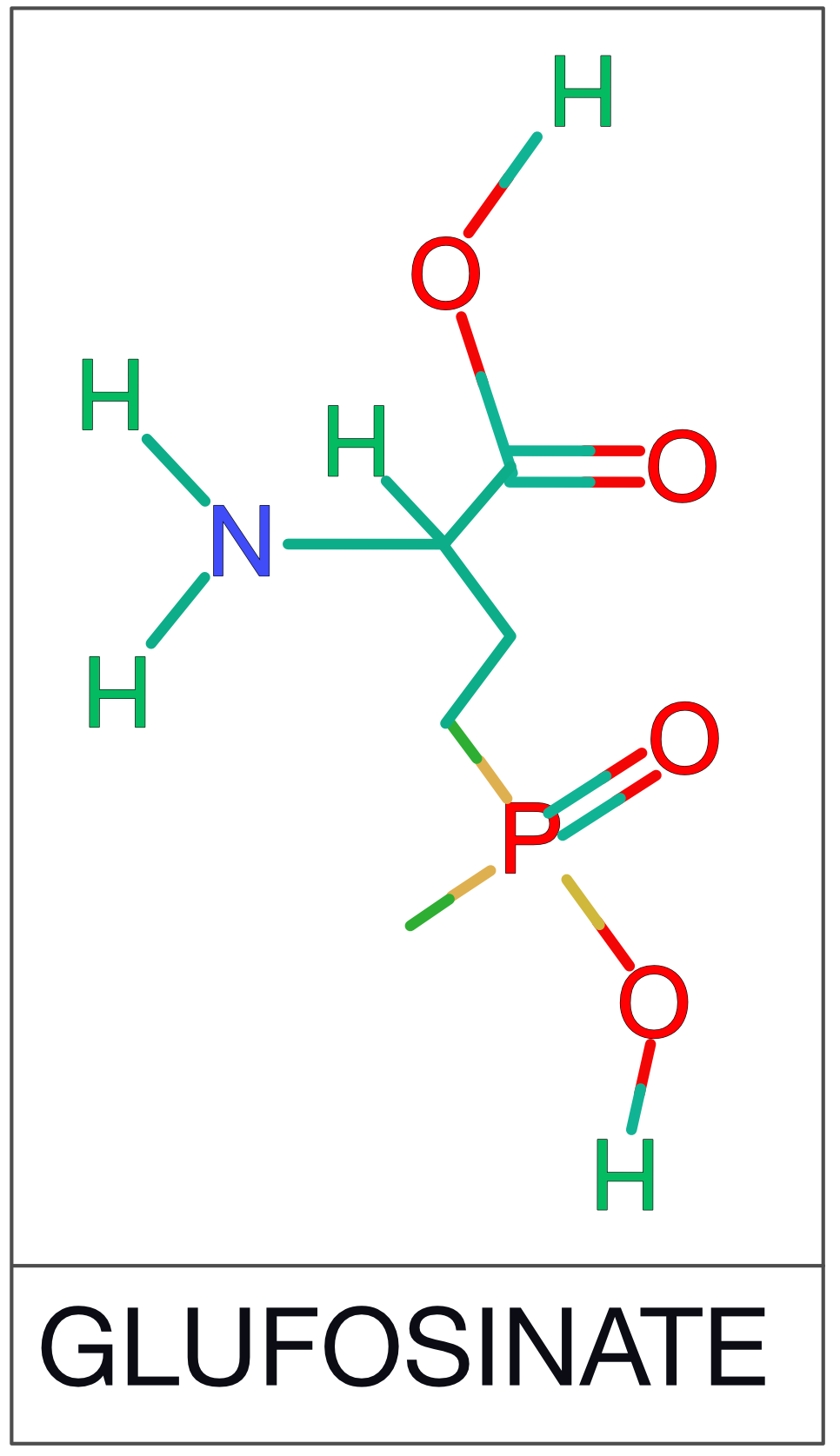
The abstract of the Watanabe/Sano paper is copied here:
Herbicides containing glufosinate ammonium are widely used in many countries including Japan. Many Japanese cases of accidental and suicidal poisoning by glufosinate have been reported since 1989. We report a case of a 64- year old man who ingested glufosinate in an attempted suicide. The patient suffered mental disturbances and hematological changes together with gastrointestinal effects shortly after ingesting the poison, and later developed generalized convulsions, impaired respiration and circulatory failure. During recovery he exhibited loss of short-term memory (retrograde and anterograde amnesia). Neurotoxicity is a characteristic of glufosinate poisoning, although the mechanism is not clear. From the analysis of clinical symptoms of previously published cases, glufosinate toxicity appears to arise both from the active ingredient and the surfactant in the formulation.
The glufosinate containing herbicide brand used in the above case was reported to be BASTA, the same product the GM mustard developed for release in India is reportedly resistant to.
Cheers and have a great day all.
Tony Mitra
